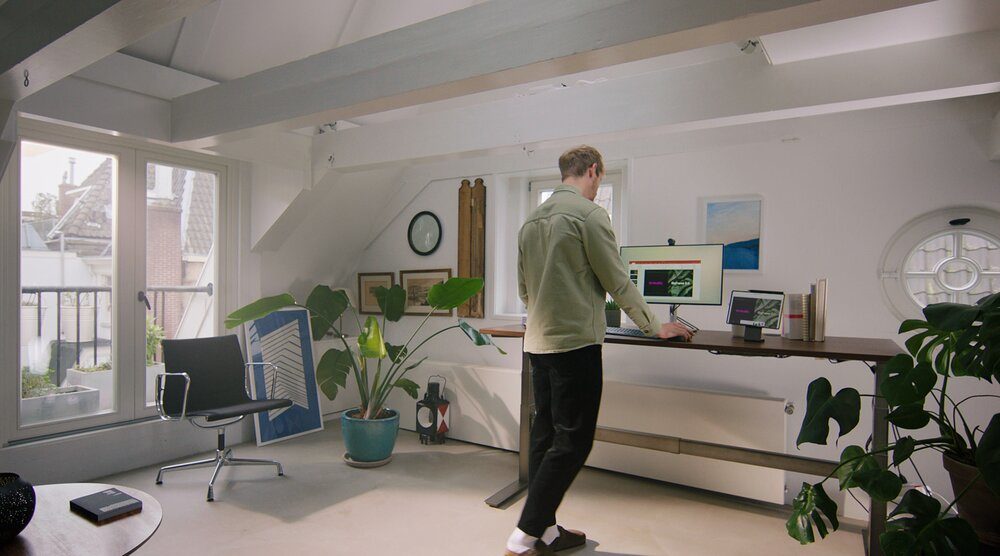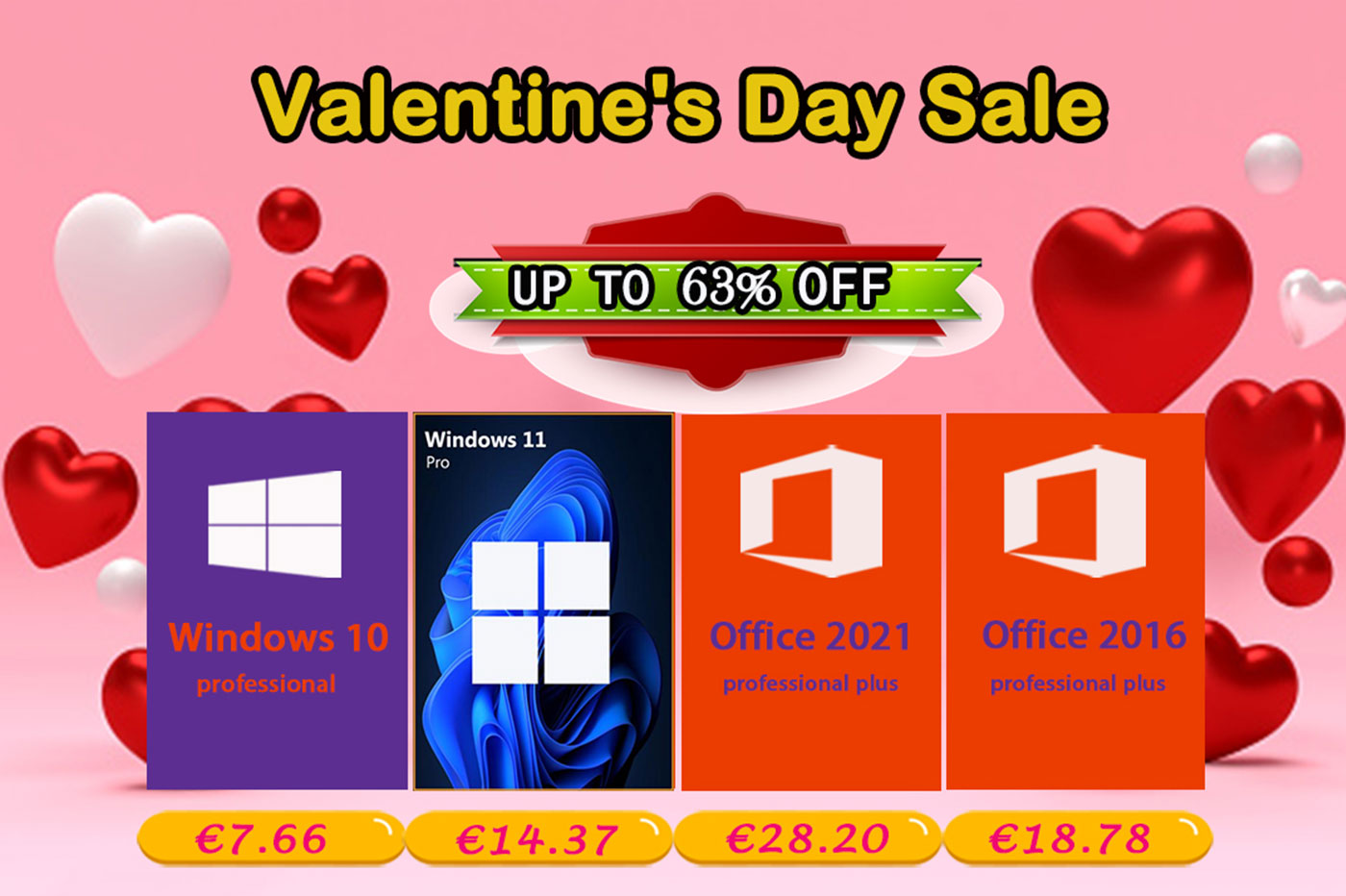
Telecommuting is here to stay, whether it is part-time or full-time, having a space at home dedicated exclusively to work is already a necessity. The sense of provisionality that accompanied the decision of many companies to adopt remote work at the beginning of the pandemic has practically disappeared. And although many companies have already begun to return to the office, they will not do it full time. Hybrid work is making its way into many companies, and it’s become commonplace to see entire staff working from home for about half the week. In this context, have a monitor to work at hometo which connect the laptop to telecommuteare becoming a necessity.
Gone are the months when you used the laptop screen, or managed with a small monitor, or old (or both). If you are going to telecommute for at least part of your working day, buying a suitable monitor for teleworking will not only make you work more comfortable, it will also give you more performance and improve your productivity. Even your health, because if you don’t work with a suitable screen you’ve surely noticed that your eyes get tired more than normal and you even have headaches or backaches. Well, you can say goodbye to them in many cases if you get a suitable screen. But what type of monitor do you have to buy to telecommute more effectively?
The importance of a suitable monitor
According to a Forrester study for Dell Technologies on the relevance of monitors in hybrid work, a monitor is one of the key devices when it comes to making hybrid work, that is, work that takes place partly in an office and partly remotely, be effective. The study points out that to work from home and achieve more productivity a large monitor is neededand even in some cases, work with more than one monitor.
Thus, 56% of professionals who work remotely from home say that their productivity improves when they use a monitor. more than 24 inches, or a couple of monitors. It is clear therefore that there is a remarkable relationship between the package of equipment and peripherals that a worker has to carry out their tasks at home and the capacities that a worker has to carry them out. So much so that 63% of professionals surveyed to carry out the study say that the technology, tools and devices they use are decisive for having a better or worse experience when they work.
Which one to buy for telecommuting
As we have seen, the aforementioned study shows that a small monitor is not going to improve the work experience. Hence, the model we choose is, as far as possible, of a size equal to or greater than 24 inches. In case of working in certain positions, you will need even two. It is very useful if you work with data, in certain development departments, in creative tasks or if you need to perform tasks in parallel. In this case, be careful not only of the size of the monitors, but also of the dimensions of the table where you are going to place them, to see if they fit comfortably.
As for the curved monitorsAlthough they are not yet very common, they are suitable to work in case your tasks are related to immersive type environments. Such as video game development or editing tasks related to film or video. However, if the monitor you choose has an ultra-panoramic format, they can also be comfortable for you, since with them you can bring the corners closer to each other, in addition to generating an enveloping sensation.
You also have to keep in mind that the monitor you buy has to be equipped with technologies to protect eyesight from blue light and prevent blinking. They are two of the main factors that not only cause hidden fatigue or headaches. They can also seriously damage your eyesight. And they are one of the most relevant factors when choosing a monitor to work with.
Blue light is lighting that is emitted in the low part of the spectrum that is visible, with a wavelength of around 380 nanometres. By itself, the human eye cannot filter out this wavelength, which causes this blue light to filter directly to the point where your light-receiving cells are.
This is largely prevented by monitors equipped with blue light reduction technologies. These usually have a mode or a system that changes the temperature of the color of the light to one that is warmer, which manages to eliminate most of the blue light. In other cases, they also integrate a hardware component that eliminates most of the frequencies of blue light, without affecting the quality of the color that appears on the screen. Also, if any changes to the color layout and appearance need to be made, the monitors come with several preset modes.
As for the flickering of the image, more typical in monitors of lower quality or in older ones, it is generally due to its refresh rate, which is measured in Hertz and indicates the number of times an image is capable of being refreshed per every second. The standard is fixed at 60 Hz, but many monitors already have a higher refresh rate. And the higher this is, the more fluid the screen image will offer.
That yes, to telework, unless you dedicate yourself to a profession related to design, video games or graphic design or multimedia, it will be enough for you to get a monitor whose refresh rate is between 60 and 75 Hz. In the case of dedicating yourself to multimedia or video games, you need a monitor with a higher refresh rate, 100 or 120 Hz. In this way, you will make the image that appears on the screen seem to move much more fluidly and natural.
Less flickering, and therefore less “jumping”. Of course, to improve the quality of the image, you have to have a computer with a GPU of a certain level. In this way, the image will also gain in fluidity and stability. In case you do not work with multimedia or games, it is not necessary that the graphics card of your computer is so powerful. It is usually enough with the one integrated into the motherboard that most laptops designed to work carry as standard.
These are the basic characteristics that you should take into account when buying a monitor for teleworking, with which to achieve greater comfort for your daily tasks. But also the features you need to view the screen with more breadth and comfort. And of course, without your sight and your back suffering. With a suitable monitor, therefore, you will improve your level of work and participation in meetings and sessions with your colleagues, but also your health.



